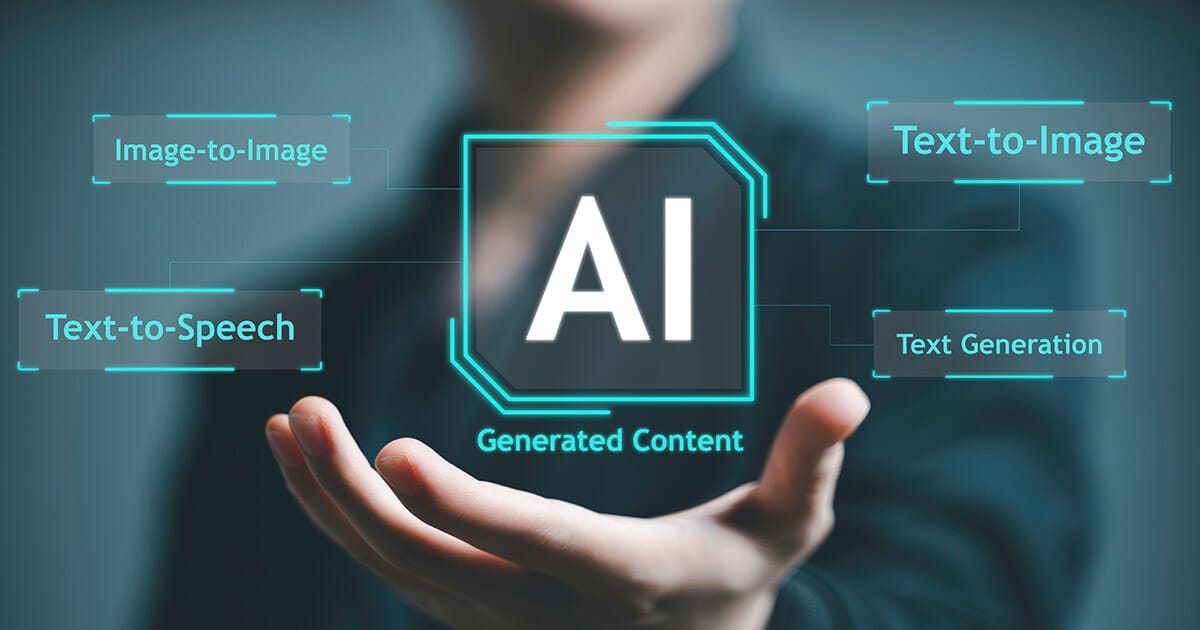The future of AI is promising but unpredictable! But there are a number of indicators that suggest that AI will grow in importance. Rapid technological advancements are eliminating the distinction between machine and human capabilities, and more gadgets are increasingly getting rooted in our daily lives. Moreover, AI is utilized in numerous industries, including healthcare, finance, manufacturing and transportation.
AI will likely play a larger role in the future as it will help make informed decisions and complete complex duties. Its capabilities will continue to increase, resulting in increased economic value creation. Therefore, businesses must learn about the opportunities and challenges presented by this technology. In this article, let us see how AI-driven data annotation services are useful in enhancing UX and UI.
A Brief Introduction to the Role of Artificial Intelligence in UX/UI
UI/UX development can make or destroy a brand. User research insights are the key factor of any UI/UX design, as they are essential to developing the user interface effectively. UI and UX play a great role in most businesses as they understand a brand’s target audience, products and users.
Excellent responsive web design is required for the optimum functioning of both mobile applications and websites. UX, also called user experience, takes care of how consumers interact with a website or mobile application, whereas UI, also called user interface, focuses on visual navigation.
Incorporating AI into UI/UX produces user-centric websites with real-time information that can immediately satisfy users. It aids designers by providing rapid and automated responses and satisfies client requirements. It frequently offers innovative concepts, dynamic testing, and extreme personalization to enhance the relationship between a brand and its user.

Top 3 Ways by Which AI Annotation Transform UI/UX
The major challenge encountered by the UI/UX sector would be a lack of knowledge regarding website localization for international markets. Globalization language-related issues can be effectively resolved through the application of artificial intelligence. This is only one instance of how artificial intelligence can assist with UI/UX. Let’s explore the remaining below.
Task automation
AI and predictive analysis have altered the UX, enabling designers and developers to create a design that tremendously satisfies the client. In today’s scenario, machines can automate duties like annotation, which can result in increased productivity and faster turnaround times.
Designers perform tasks such as image resizing, colour correction, and cropping. Today, these tasks can be automated with AI. Furthermore, software development companies that specialize in artificial intelligence are developing solutions, which can automate monotonous and repetitive tasks and reduce the workload for human beings.
Customer retention
UX has always centered on satisfying consumers in such a way that they using your product. With AI, people running businesses can better understand the client’s requirements and desires, helping you reach your ultimate objective.
Advanced interfaces
AI firms incorporate visual content into UX to give clients a clear picture of their requirements. This improves in addressing consumer touchpoints. When technologies like augmented reality and virtual reality develop, consumers will acquire comprehensive knowledge about the product prior to making a purchase. Thus, AI creates advanced user interfaces that help consumers in getting appropriate solutions.
Ways to Elevate UI/UX Performance With AI-driven Data Annotation
The ways through which AI-driven data annotation services elevate the performance of UI/UX are:
Personalized applications
UX designers analyze the requirements of their clients well in advance before developing an application. This mandates the process of continuously collecting unprocessed data points from clients. The downside here is that this makes the design team feel overwhelmed. But with the assistance of AI, designers will be able to acquire and assess data more efficiently and quickly. This leads to the development of unique applications.
Creative visuals
Providers of artificial intelligence solutions develop creative programs that can generate creative visualizations. A few of the applications of creative visuals include Prisma, Artisto, and Snapchat, which assist users in selecting a good filter for a given subject. Another classic example is Google’s AI venture ‘Auto Draw’, which automatically completes rough drawings, enabling designers and non-designers to get items rapidly and effortlessly.
A/B split testing
A split test is conducted to determine which product variant has the highest rate of success. Two product variants are always released in business to different user types. Using AI, information like the ones mentioned below, the products can be well analyzed, and then the designs can be customized to meet the requirements of every customer.
- Previous inquiries
- Similar audiences
Endnote
The most important anticipation about AI is that it will help automate repetitive tasks and save designers’ time. Every day, more and more AI-based UI/UX solutions are introduced. If you also want to enhance your UI/UX effectiveness, get in touch with a leading AI company like Opporture in North America.


